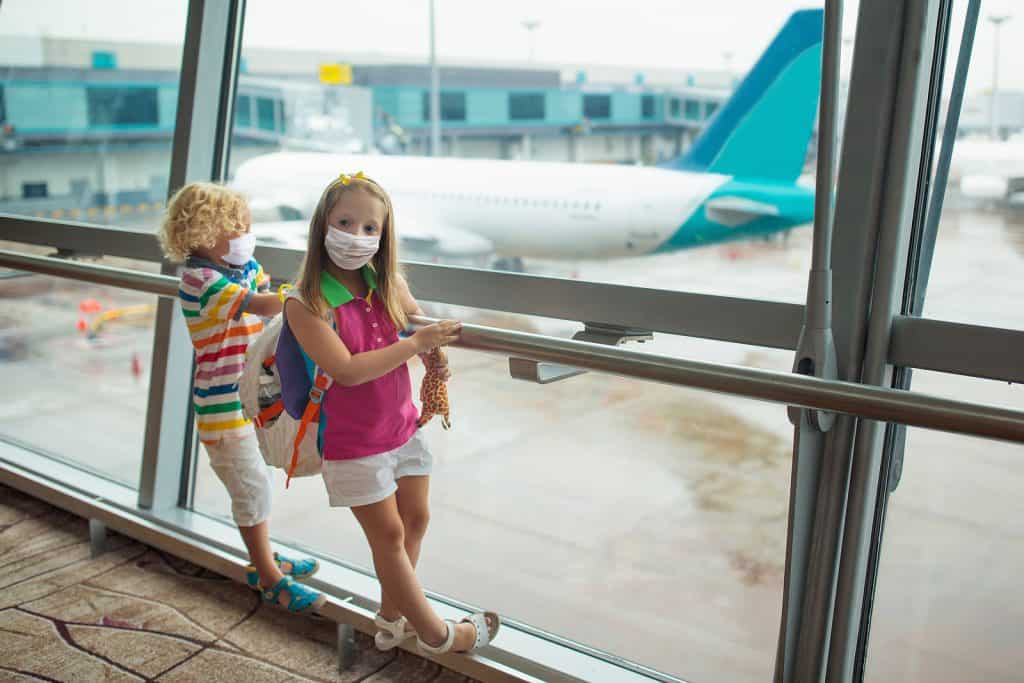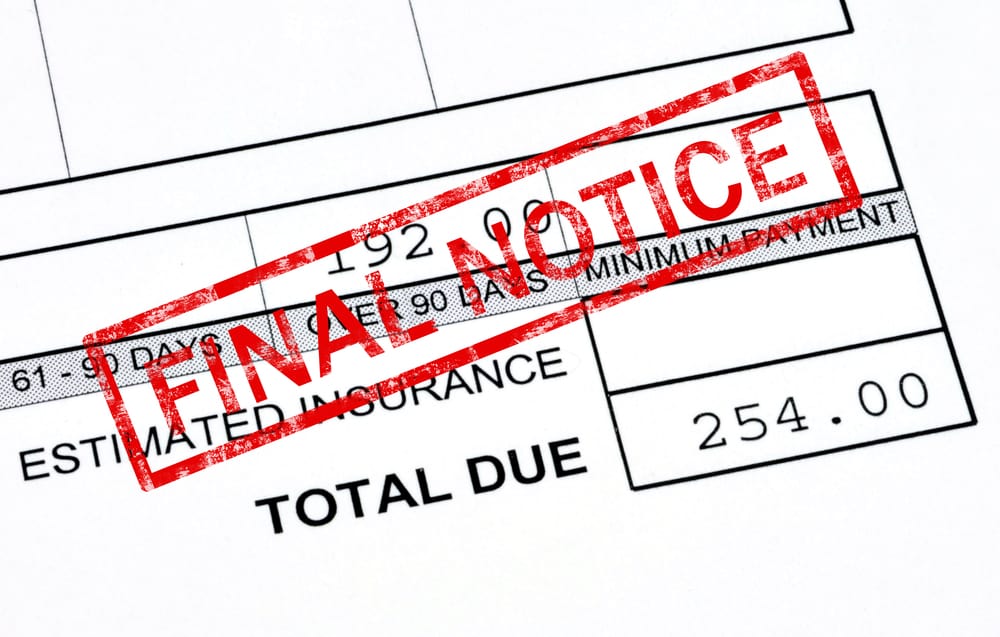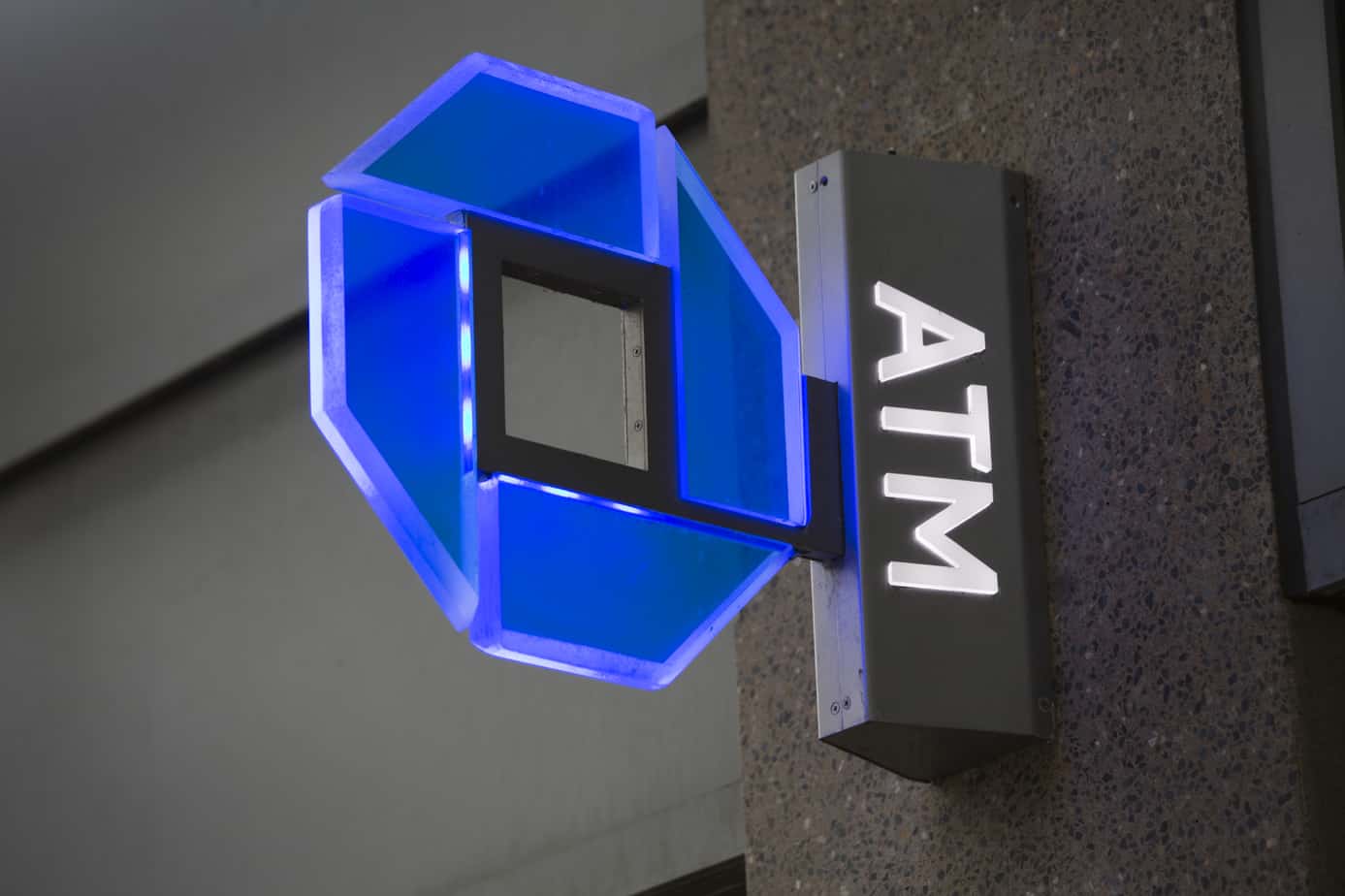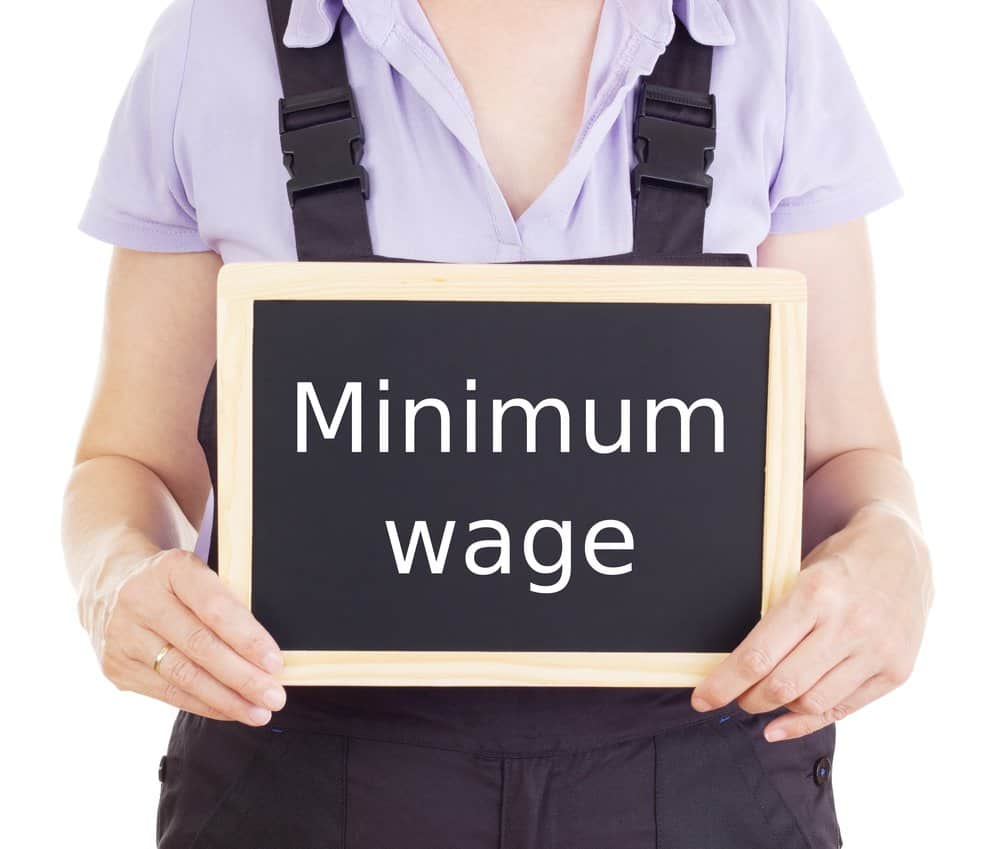Planning a trip with your infant is stressful, there’s absolutely no way around it. No matter how prepared you think you are, there are going to be some unexpected twists and turns in your travel adventures that will make for some amazing stories later on.
One thing you definitely don’t need to stress over is carrying enough food to keep your baby happily milk-drunk the entire flight. Even if you exclusively breastfeed, it can be a good idea to bring a stash of frozen milk or formula to have on hand as a backup in case you begin to feel ill or cannot otherwise breastfeed on the plane. We can’t say it enough, when traveling with an infant, it is always important to have a backup plan.
That said, you can absolutely fly with baby formula, sterilized or regular bottled water to fix with the formula, breast milk, and juice. There are few simple guidelines to help keep you, your baby, your stash, and other passengers safe while you fly with these larger amounts of liquids.
How Much Can I Bring?
The TSA normally limits the amount of liquids, gels, and creams you can bring onboard the aircraft in your carry on to 3.4 ounces of each item, and only enough items that will fit in a quart sized sealed bag. This rule, however, does not apply to infant formulas and breast milk. The TSA allows you to bring these items with you in quantities greater than 3.4 ounces and states that they do not have to be included in your quart sized bag.
The exact amount you may carry is not defined as anything other than a “reasonable amount.” A good rule of thumb is to carry double the amount you would normally need. For instance, if your baby requires three ounces of formula every three hours and you have a two hour flight, you would want to bring twelve ounces of water and enough formula to make four three ounce bottles. This accounts for two hour arrival time for airport screening and security, travel time to and from your arrival and departure airports, and any unexpected delays you may experience.
How Do I Keep it Cool?
If you are traveling with frozen breastmilk, you are permitted to also travel with ice packs to keep your milk cold until it is time for feeding. The TSA does not specify how many ice packs you may carry, but you are allowed to carry both liquid and gel ice packs, being aware that they are subject to additional screening.
How Will My Formula and/or Breastmilk be Screened?
This really depends on the TSA personnel. The first thing you will want to do is make certain you tell the TSA agents you are traveling with infant formula and/or breastmilk. Remove it from your bag so that it can be screened separately. You may be asked to remove the lids for further inspection, or to pour a very small amount into a separate container for further testing (another good reason to travel with more than you need).
Your formula and/or breastmilk will likely be x-rayed. The FDA has stated that there is no harm in consuming foods and liquids that have been x-rayed, so you needn’t worry that the integrity of your formula or milk will be harmed by this screening process.
Additionally, a TSA agent may use a specialized wipe to wipe the sides of your bottles or formula/breast milk bags, and possibly your hands. These wipes look for traces of explosives and are completely harmless for your skin and containers. This is a rare situation, but one you should be ready for in any case.
How Do I Keep my Stash Safe on the Plane?
Remember that you are flying in a pressurized cabin. Between takeoff and cruising altitude, the cabin pressurizes as necessary. As such, the contents of a bottle of premixed formula or even a bottle of water you plan to mix in later can crumble as the pressure outside the bottle is greater than inside. If you don’t have the caps on properly, this can become a mess, and an emergency situation if the bottle begins to leak.
To ensure this doesn’t happen, make sure your bottles are capped properly, including any disc-like inserts that cover the top. Bring only tightly sealed bottles of water with which to mix formula, and ensure any bags of frozen breast milk are secure and tight. It can even be a great idea to double bag them in case one bag develops a leak.
Flying with your baby is an adventure all its own. It can seem overwhelming, but the key is to be patient, remain calm, and always plan for the unexpected. This means bringing double the formula or breast milk you think you need and working in compliance with TSA officers and guidelines to ensure the safety of the food you bring for your baby and your fellow passengers.



